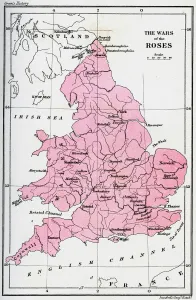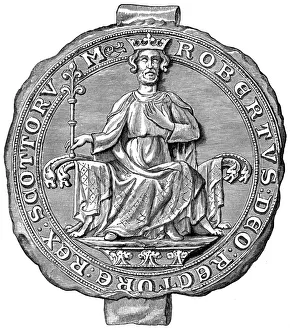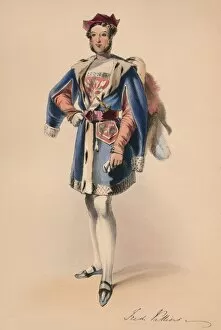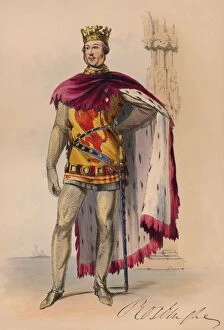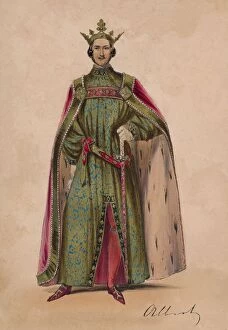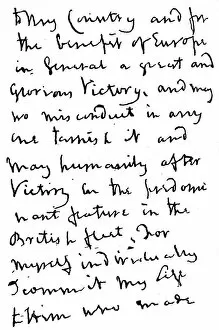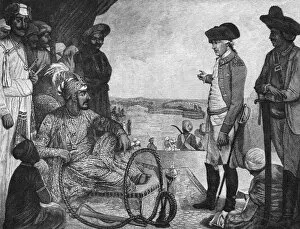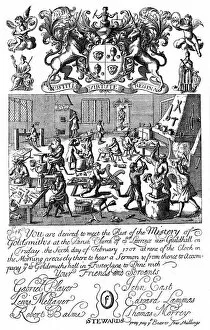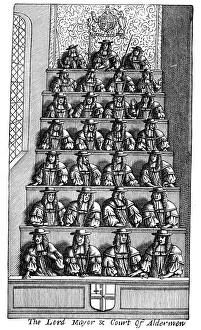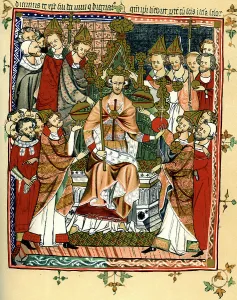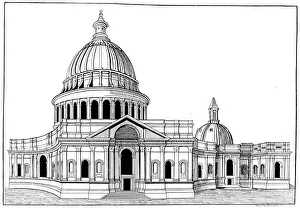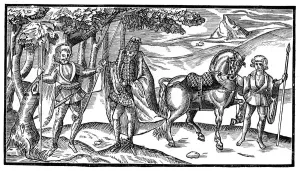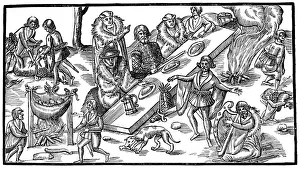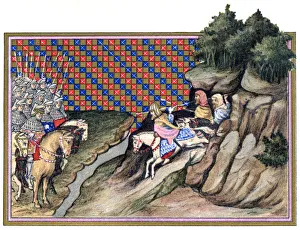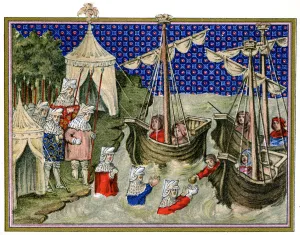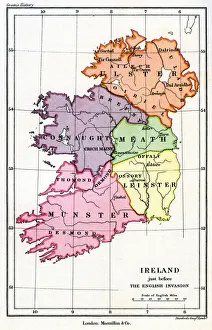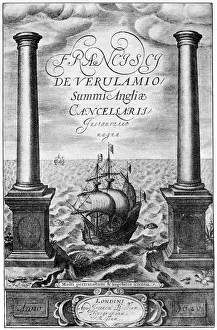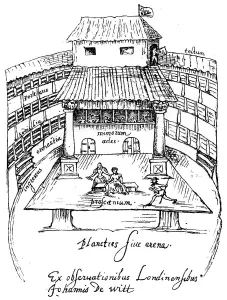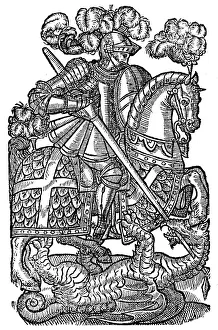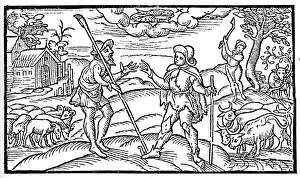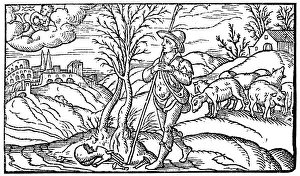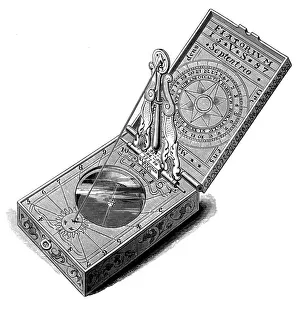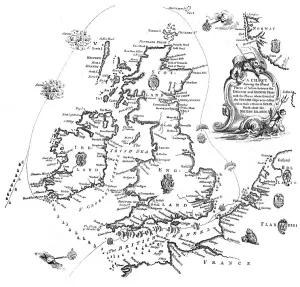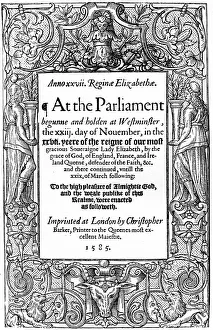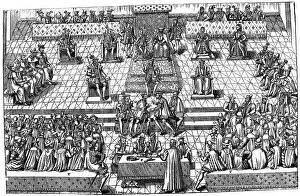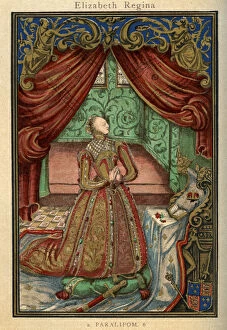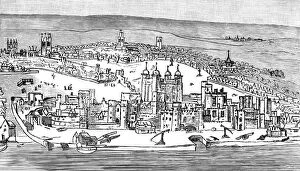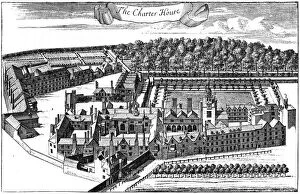John Richard Collection
"John Richard: A Glimpse into the Past" Step back in time to the 15th century as we explore the life of John Richard
All Professionally Made to Order for Quick Shipping
"John Richard: A Glimpse into the Past" Step back in time to the 15th century as we explore the life of John Richard, an influential figure known as Warwick the Kingmaker. This English nobleman and soldier left his mark on history, shaping the course of events during a tumultuous era. Delve into his story through a captivating map depicting the Wars of the Roses, a conflict that defined this period. Travel further back to Scotland's rich history with Robert the Bruce, King of Scotland in the 14th century. Discover his legacy through an intricate seal that symbolizes power and authority. Embark on a journey across oceans as you unravel one of history's most famous naval battles –the Spanish Armada's ill-fated expedition in 1588. Study a meticulously crafted chart showcasing their course and witness how this event forever altered European politics. Transport yourself to Queen Victoria's extravagant Bal Costume held on May 12, 1842. Immerse yourself in opulent costumes worn by notable figures such as Francis Seymour, Frederick Child-Villiers, Emily Duchess of Beaufort, James Innes-Ker, and various distinguished guests from different eras. Among these illustrious attendees was Prince Albert himself who donned Plantagenet King Edward III attire for this grand occasion. Witnessing these elaborate costumes brings us closer to understanding Victorian society’s fascination with historical fashion. Lastly, catch a glimpse into everyday life during earlier times with John Strange Williams and Sarah Ann Williams captured together in an intimate portrait from 1830. These individuals provide us with insight into ordinary people living amidst extraordinary times. Join us on this captivating journey through centuries past as we uncover intriguing stories behind these remarkable artifacts associated with John Richard and those who shaped our collective history.

